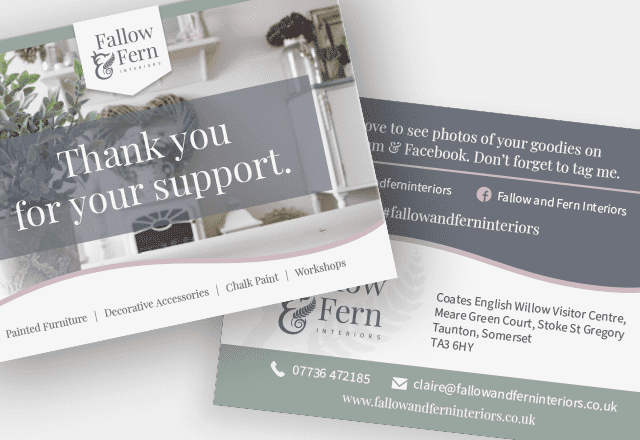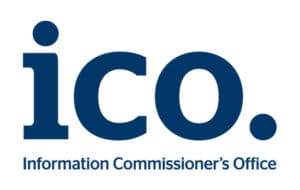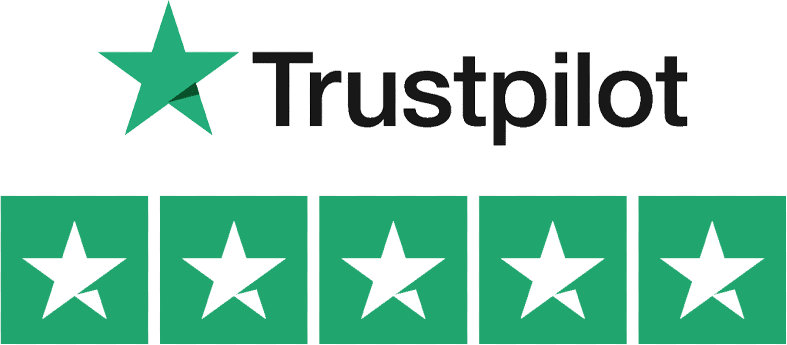When communicating with your clients and customers there is a place for conversational tone and a place for formal tone. This article is going to differentiate the two, so you can adopt both tones into your emails, ads, landing pages, website, newsletter and other client facing communication.
Conversational tone is an informal style of writing. The word choice, sentence structure, and other elements give the effect that a human being (and not a business or a robot) is chatting with the reader. While it is a more relaxed, more direct form of communication, conversational writing isn’t necessarily unprofessional. It’s meant to make the reader feel more connected to the writer and to your business. Any business or brand can (and should) use conversational tone in some way in their marketing. Punctuation, like exclamation marks, are also a pattern of conversational tone – it adds varied tones and personality to your writing. Contractions, like don’t, I’ll, and I’ve are also commonly used in conversational tone to casualise the structure. It is important to not lean towards too conversational into the territory of casual as that could have the potential to come across as unprofessional rather than approachable and friendly.
Conversational tone is in inviting. It lets you connect with your audience quickly (good for website users who are browsing); it humanises your business and gives your audience a tangible figure to tolerate to. It offers stronger and more memorable messaging. Complex words and choppy sentences can be hard to read. Informal writing is more direct and flows, allowing your customers to easily understand the information. It also gains trust from your website users, as it is more approachable and personable. According to copywriting psychology, the easier it is to read something, the truer we perceive it to be. This happens on a subconscious level, but it’s also quite obvious when someone is using formal words to sound overly professional. It is inclusive – the simple language and friendly tone makes sure that anyone can access and benefit from your content. Conversational writing uses the words and phrases your audience uses, which in terms of SEO, are keywords. The more your content uses their language, the more likely it is to show up in search results. Lastly, it simply adds a bit of personality to your writing, which transfers onto your business.
On the other hand, a formal tone can be appropriate in certain situations, to add a professional, general and matter-of-factly tone. Formal tone is neutral, uses full words, follows grammatical rules, uses a passive voice, complex words and normally speaks in third person. It does not use contractions or much punctuation beyond full stops and commas.
At Dexterous Designs, our experts can guide you on the best tone to take for your website and other marketing forms. We have years of experience in writing in both tones for many different kinds of businesses! Whatever tone we adopt for your website, will be inviting and relatable for your target user. For more information of tone, or for advice and help reaching the right tone for you, please get in touch with us!










